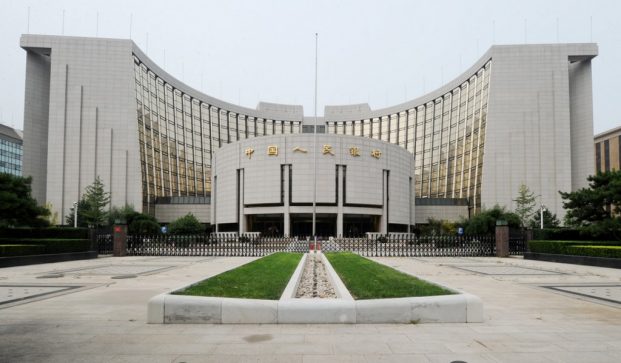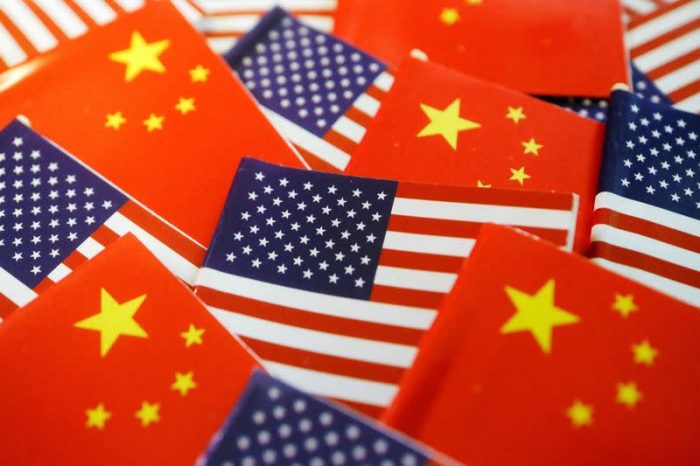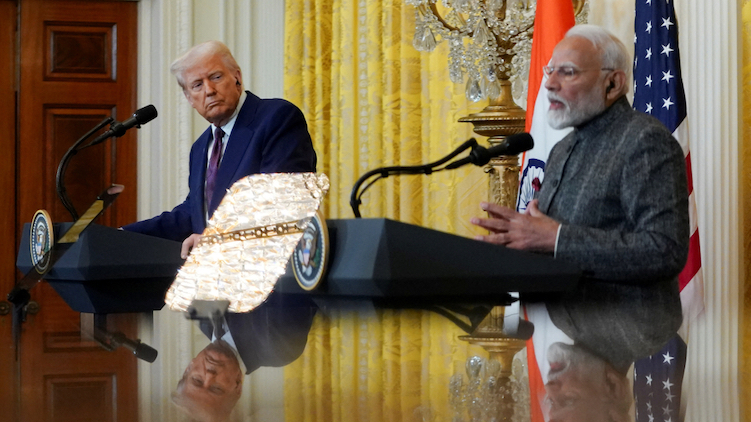China boosted liquidity in its banking system by cutting its repo rate to its lowest on record and injected 50 billion yuan (US$7 billion) into the financial system on Monday, preparing the ground for more fiscal easing.
The People’s Bank (PBOC) slashed its 7-day reverse repo rate, the main rate at which it provides short-term liquidity to banks, from to 2.20% from 2.40%.
“This cut signals a new stage of expanded stimulus by the Chinese authority,” JP Morgan Asset Management Global Market Strategist Chaoping Zhu said.
The move, the first injection since February 17, took the market by surprise and triggered expectations of more cuts in other benchmarks.
“Following today’s rate cut, we can expect a corresponding change in the MLF (medium term lending facility) and LPR (loan prime rate) . a cut in deposit rates is also possible,” ANZ analysts said in a note.
The likely cut in deposit rate would reduce banks’ net interest margins by 16.8 basis points as policymakers are keen to see banks passing on their profits to the real economy.
This follows last week’s earnings showed a big jump in major banks’ bottom lines in sharp contrast with the collapse in the SME sector, they said.
These reductions could be made to facilitate fiscal relaxations in the world’s second biggest economy.
“Beijing could more than double the fiscal and quasi-fiscal easing package to US$785 billion from its current size, with a 230bp widening in cyclically adjusted augmented fiscal deficit ($385 billion) and $400 billion quasi-fiscal measures,” Morgan Stanley analysts said in a note.
It expects China’s GDP growth to rebound into expansion territory from the second quarter (1.5% year-on-year) from -5% in the first quarter, followed by full-fledged recovery in the second half, reaching 3% for 2020.






















